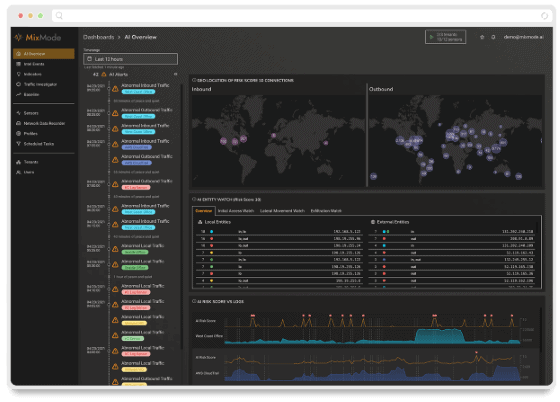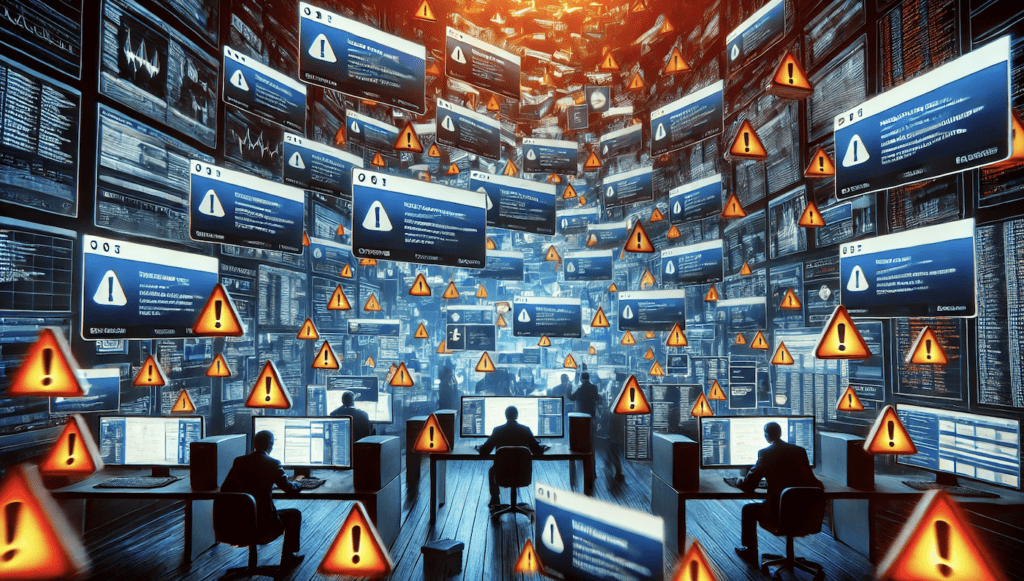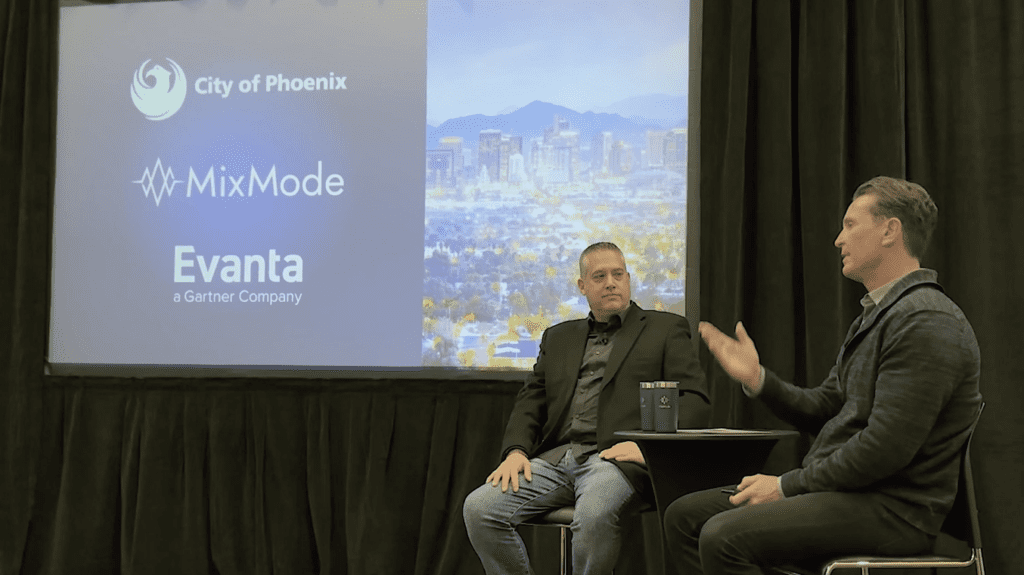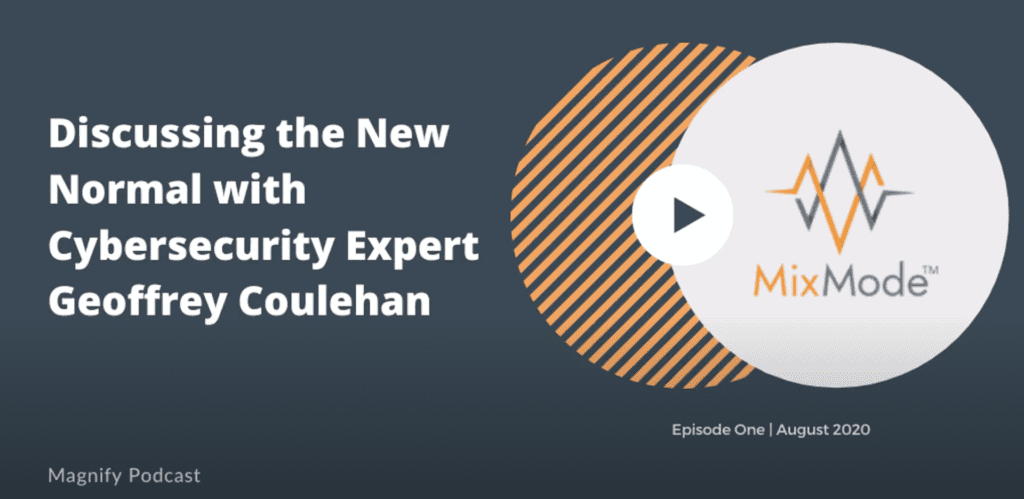The Alert Avalanche: Why Prioritizing Security Alerts is a Matter of Survival
One constant remains in the ever-evolving cybersecurity landscape: the barrage of security alerts. From firewalls to EDRs, security products diligently scan networks and systems, bombarding security teams with constant notifications of potential attacks. But what happens when the sheer volume of alerts becomes overwhelming? Enter the silent enemy—alert fatigue.
The Alert Avalanche: Why Prioritizing Security Alerts is a Matter of Survival Read More →


















